

Why We Do What We Do
The youth helped at the Charleston Family Resource Center are the poorest, most resilient, and most resourceful in the Charleston, West Virginia area. Charleston is the state’s capitol city, and like many capitol domes, in its shadow exist a concentration of poverty and neglect. They live in the most urban area of the state and face risks that plague children statewide such as, obesity, poverty, health disparities and illiteracy, but are also subject to risk factors that many children throughout the state do not face such as, homelessness, crime, prostitution, and random acts of violence (i.e. drive-by shootings) that occur frequently in their neighborhoods. Among the youth in this urban enclave, over 19% are African-American or biracial in a state in which those races comprise only 4% of the overall population. The Office of Juvenile Justice and Delinquency Prevention (OJJDP) indicates that African American youth are 7.46 times more likely to be arrested in WV as compared to white youth. The Pew Trust Foundation data show that WV has increased its youth in juvenile detention for the past eleven years by 93%. More startling, however, is that conservative estimates suggest that African American males constitute nearly 30% of incarcerated youth in West Virginia, the majority of whom are arrested in Charleston, where it is estimated that African-American and biracial constitute 52% of youth arrested in the city. The project area of the CFRC is one of the most affected in the City of Charleston.
A great majority of CFRC ADVANCES UP STREAM projects students and families live in the heart of West Charleston Drug Marketing Intervention zone. This zone has been designated a high crime hot spot by the Charleston Police Department. This designation is due to higher murder, gun violence, burglary, robbery, and brandishing with a weapon crimes happening in this area according to their Drug Marketing Intervention Research. Mary C. Snow West Side Elementary and Stonewall Jackson Middle schools reside in this highest crime area and are often directly affected by the high crime and gun violence by being put on lockdown during school hours due to active shooters and these crimes occurring during school time hours.
Along with the crime, high poverty grossly affects our student educational advancement due to lack of resources. According to the 2010 census, almost 20% of West Virginia families live in poverty; and the area surrounding the designated sites for the project experienced significantly more than that percentage, indicating that almost 30% of Charleston metropolitan families lived in poverty with almost 70% of these single parent, female-headed households. Statistics from WV Legislator 2013 “Child Poverty in West Virginia a Growing and Persistent Problem” expound upon the census data and indicated that of those in poverty 26% were children. Also reported 48% were living below 200% above the poverty line, 25.2% below 100% poverty line and 26.8% between 100%-200% poverty line. 43% of the children in poverty were African American and 50% were from single mother households. Of these children and families in poverty 63% lacked high school education with only 30% graduating high school or having a GED equivalent with 72% of parents reported having no employment and 48% as having part-time or part year employment.
Zoom WV data shows the poverty levels of CFRC most at-risk service elementary, middle and high schools to be 93% of students at Mary C. Snow; 73% of students at Stonewall Jackson; and over 55% of students at Capital High. The high crime and poverty of the CFRC project area take a huge toll on student’s academic success as it is indicated that high crime and poverty stricken areas put students at risk for more cognitive difficulties, social emotional, and behavioral problems. These issues are reflected in The WVDE ZOOMWV Data and indicate that students who attend the project target schools that will be served (Capital High School, Stonewall Middle School, Horace Mann Middle school, Mary C. Snow West side Elementary, Edgewood Elementary, Piedmont Elementary and Grandview Elementary) are not making adequate yearly progress in academics and that drop-out rates are highest for African Americans accounting for 2.3%. The schools that the CFRC serves rank among the lowest in student achievement in WV. Five of the seven schools are Title I, with Mary C. Snow and Edgewood Elementary school being WV Priority schools, and Capital High is a WV Focus school. The Charleston Gazette Paper reported the 2016 West Virginia A-F School Accountability system which assesses all schools in the State by Smarter Balanced test proficiency on core subjects rated Mary C. Snow Elementary an F rating due to having some of the lowest proficiency levels in Math, Reading and Science. WV unveils A-F grades for schools. According to WVDE ZOOMWV 2016 Data Mary C. Snows Math proficiency was 19%, Reading proficiency of 16%, and Science proficiency of 6%. Edgewood Elementary and Capital High received D ratings also due to having among the states lowest levels of proficiency in Math, Reading and Science. Edgewood Elementary over all proficiency levels in Math, Reading and Science were 24%, 32% and 10%. Capital High schools proficiency levels in Math, Reading and Science were 15%, 38%, and 32%. These proficiency rates for African American students at Capital High school showed a dramatic difference from Caucasian students in these subjects. Capital High school African American levels in Math, Reading and Science were 4%, 17%, and 13%. Capital High school Caucasian levels in Math, Reading and Science were 20%, 49%, and 41%. The data also shows similar result comparisons for elementary and middle school groups of African-American students compared to Caucasian students for the same subjects.
Along with crime and poverty the Charleston service area has low access to proper and diverse food markets, a huge issue that play a large role in students receiving proper nutrition and balanced meals while out of school. Charleston is considered a “food desert” by the USDA, due to its “low-income census tract where a substantial number or share of residents has low access to a supermarket or large grocery store.” This is defined as communities with a poverty rate of 20 percent or higher or a median family income at or below 80 percent of the area’s median family income or a community with 500 persons or one-third of its population more than a mile from a supermarket or grocery store. According to the USDA Food Desert Locator, the East End and West Side District have those indicators with extremely low access to grocery stores and supermarkets. The National Education Association indicates that missing meals impair children’s development and achievement. With the majority of the project area students living in poverty the only meals that they may receive are while they are at their school or at an after school care program.
The community needs are not just reflected by statistics, but directly from the community members who live, work, volunteer, and serve in the project community. Many needs assessments indicate that the project service area greatly reflects a need for more access to affordable or free child care and recreational / educational facilities. Specifically, the Enact Community Survey reported that for Kanawha County the top three unmet children’s needs identified were: money to properly provide for children’s physical needs (i.e. food, clothing, and shelter), safe, suitable forms of recreation, and money to afford childcare/daycare. It also listed parent education and jobs as greatest needs for parents in the area. The Greater Kanawha Valley Foundation 2015 Community conducted a needs assessment specifically for The Charleston Westside neighborhood including the question of “What programs will you suggest for kids / youth? The answer given most frequently was after school programs.

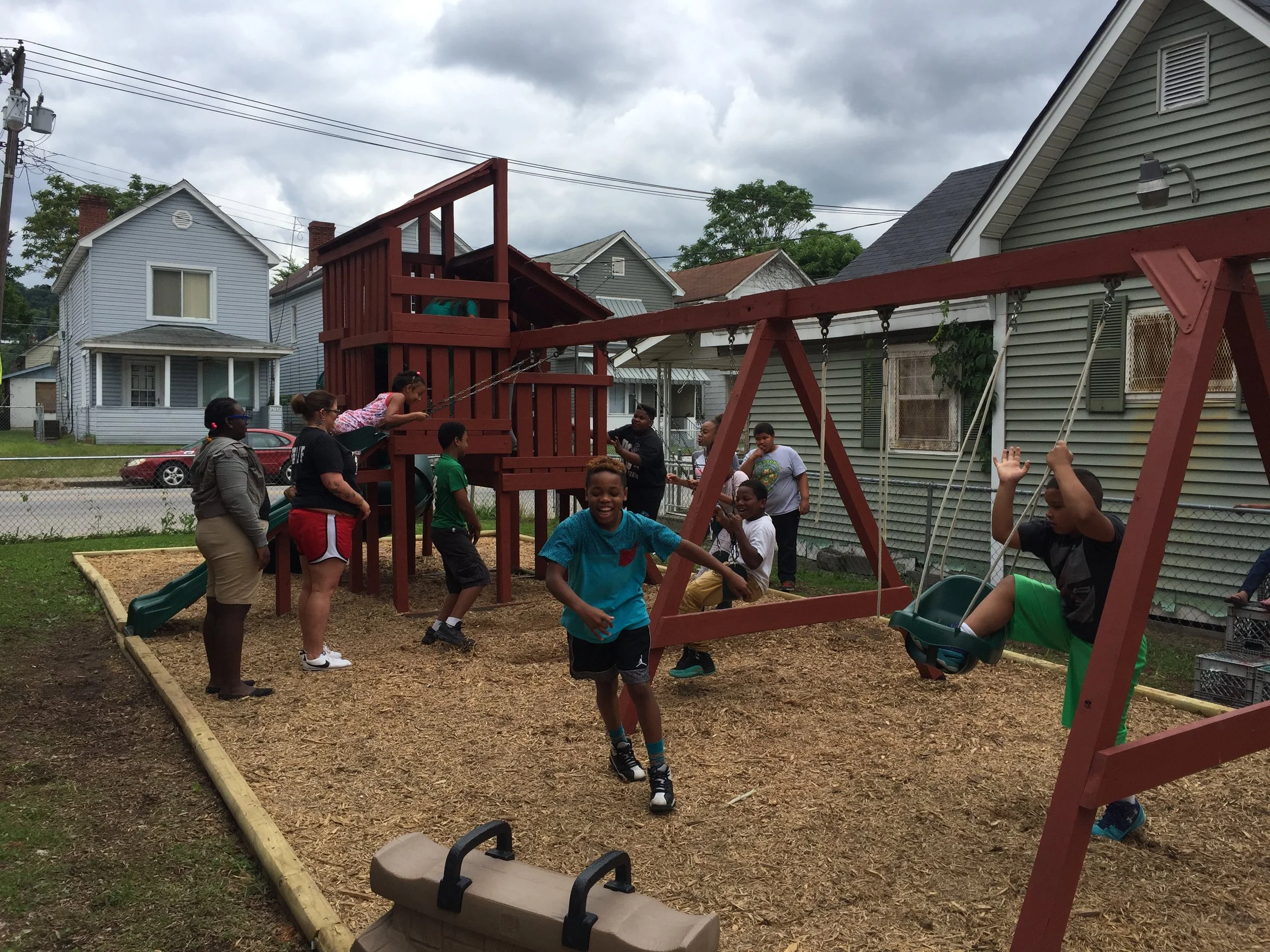
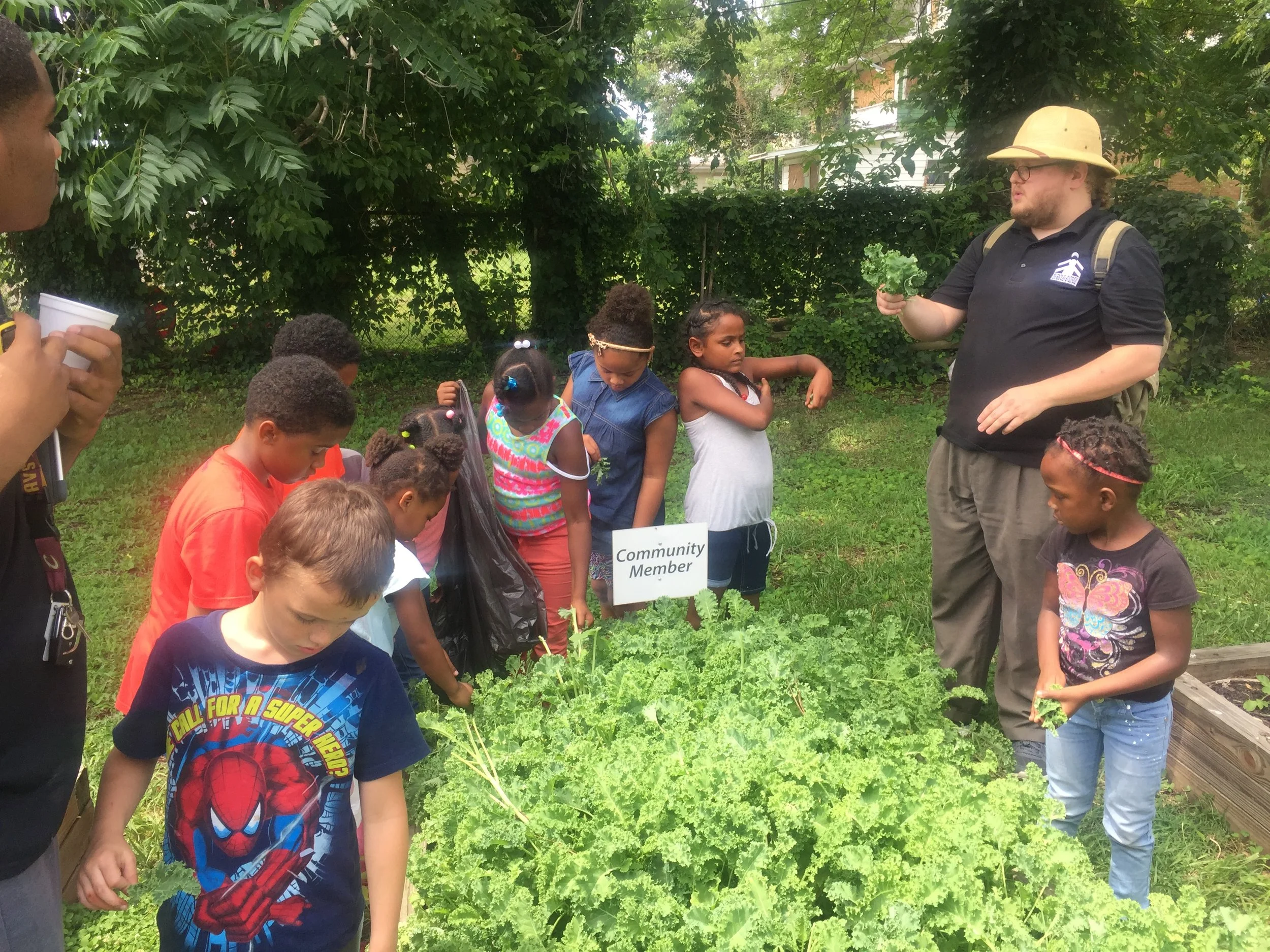
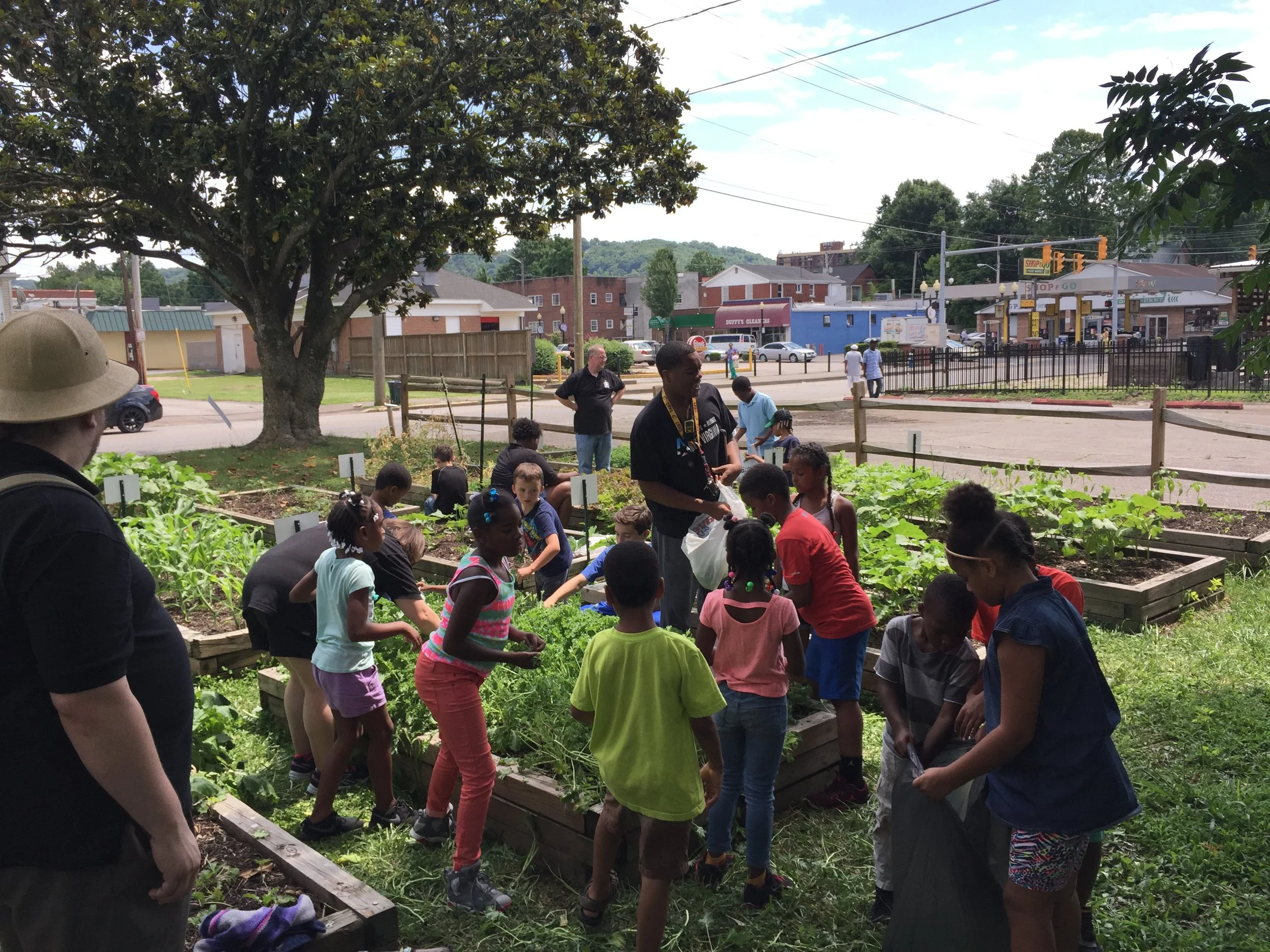




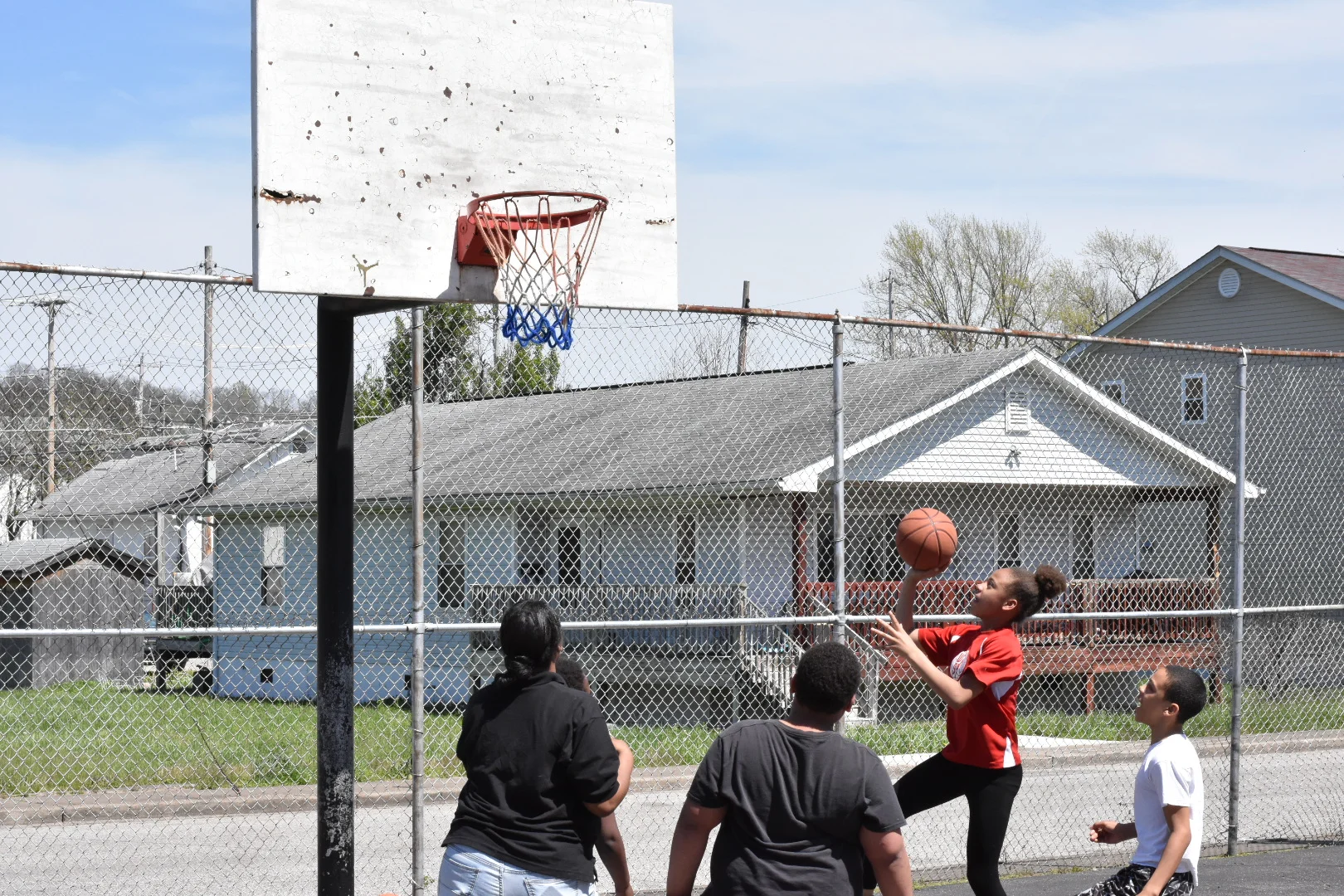
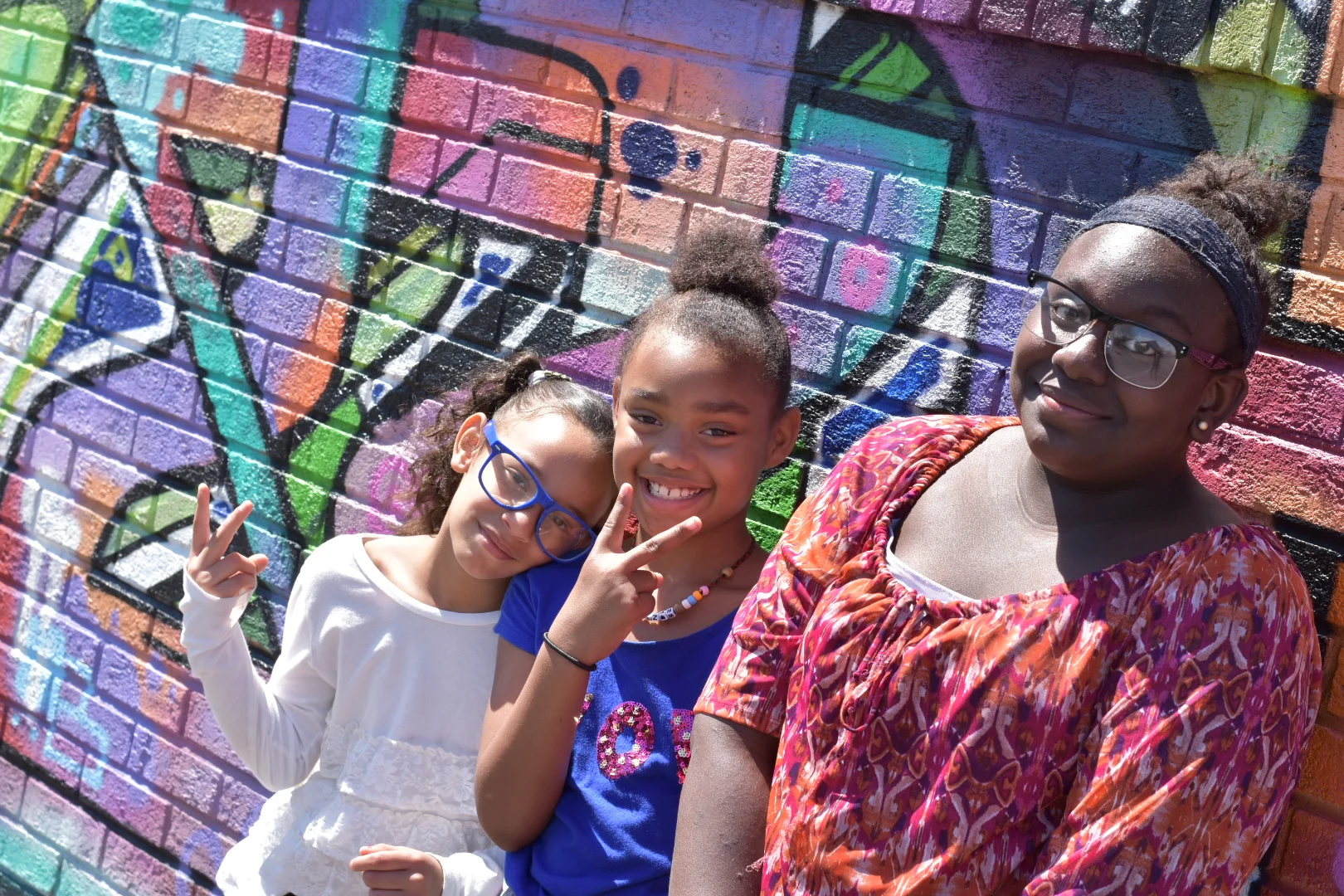
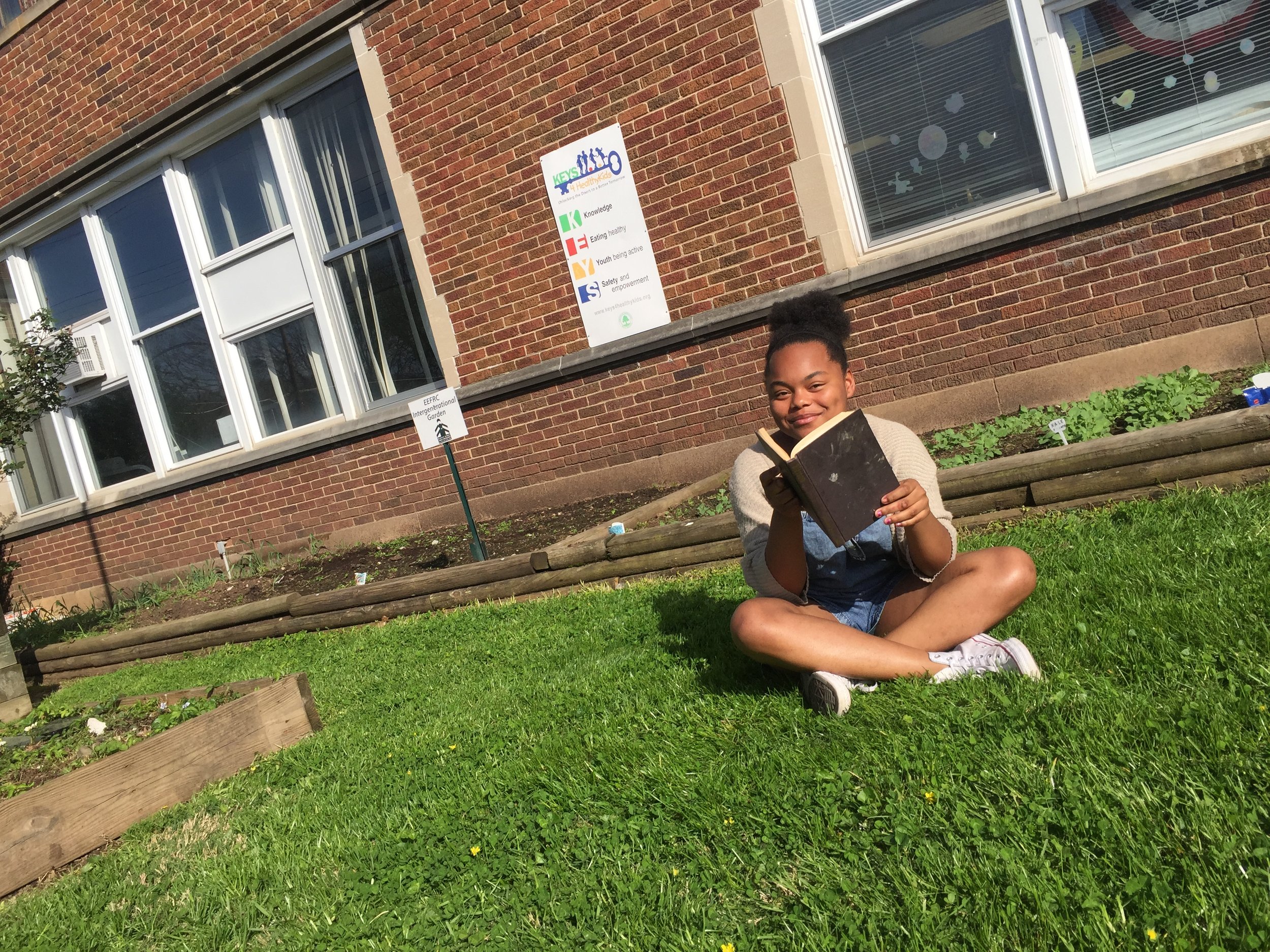
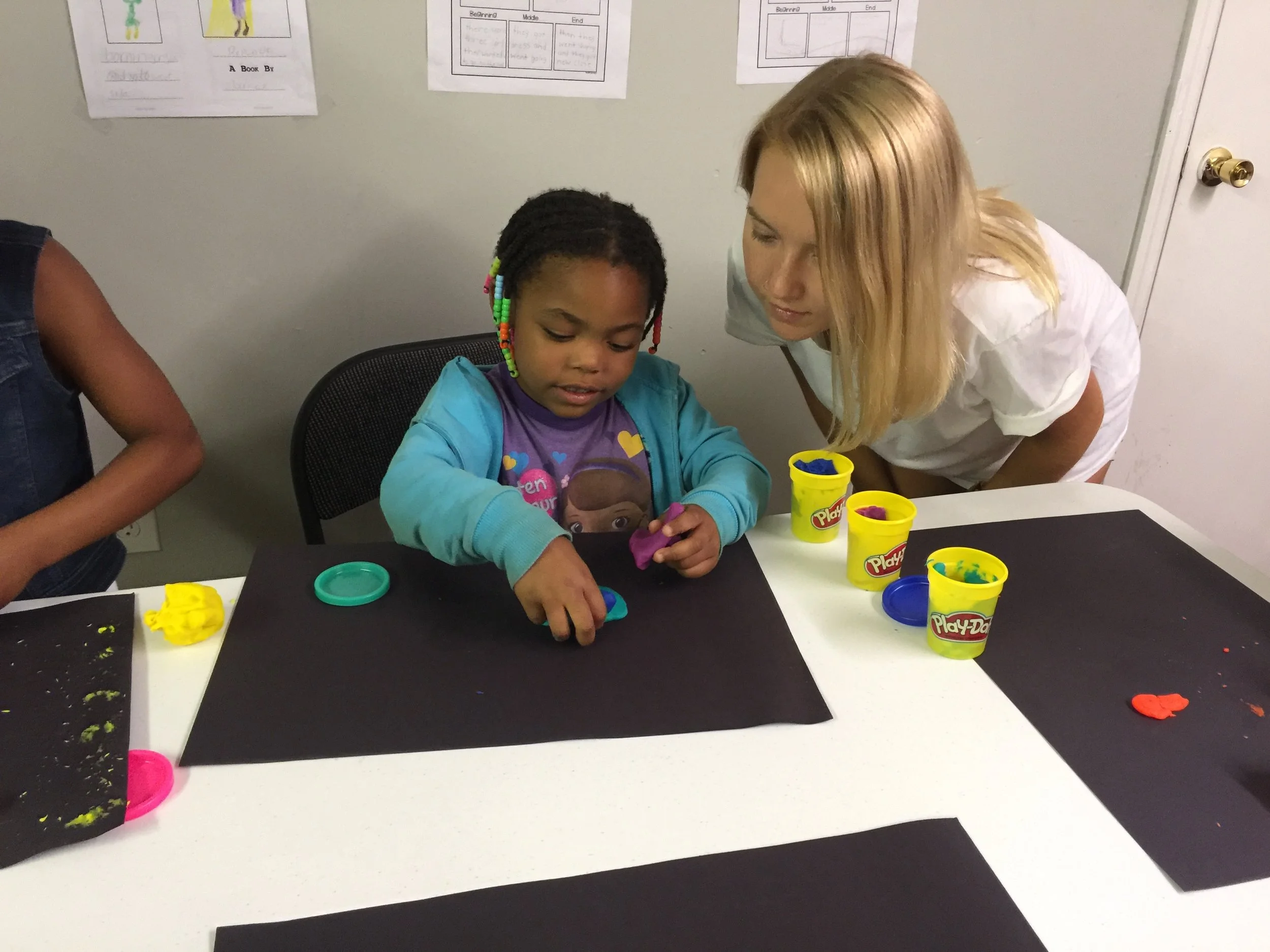

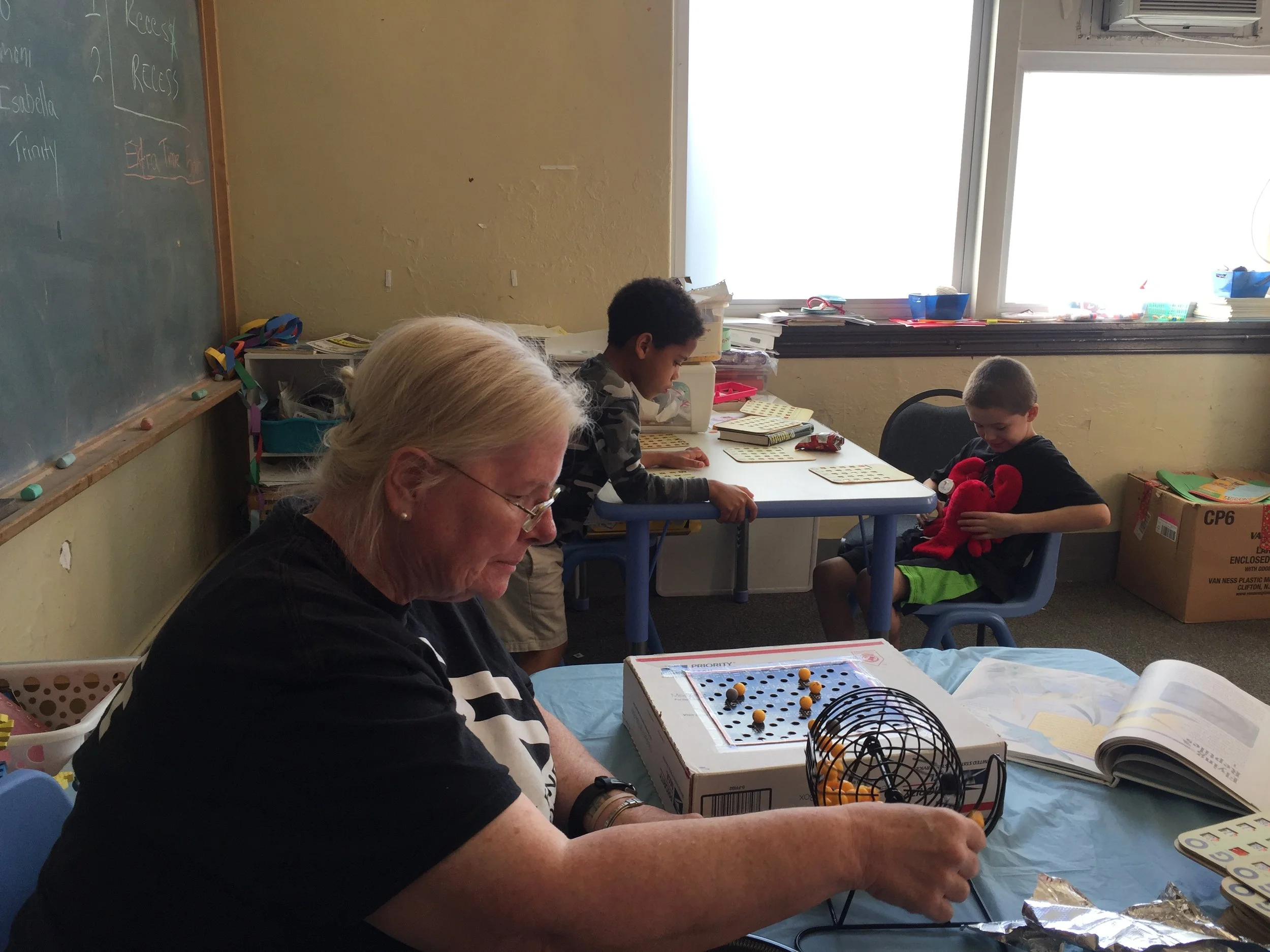
Ready to help?
Volunteer
—
Donate
